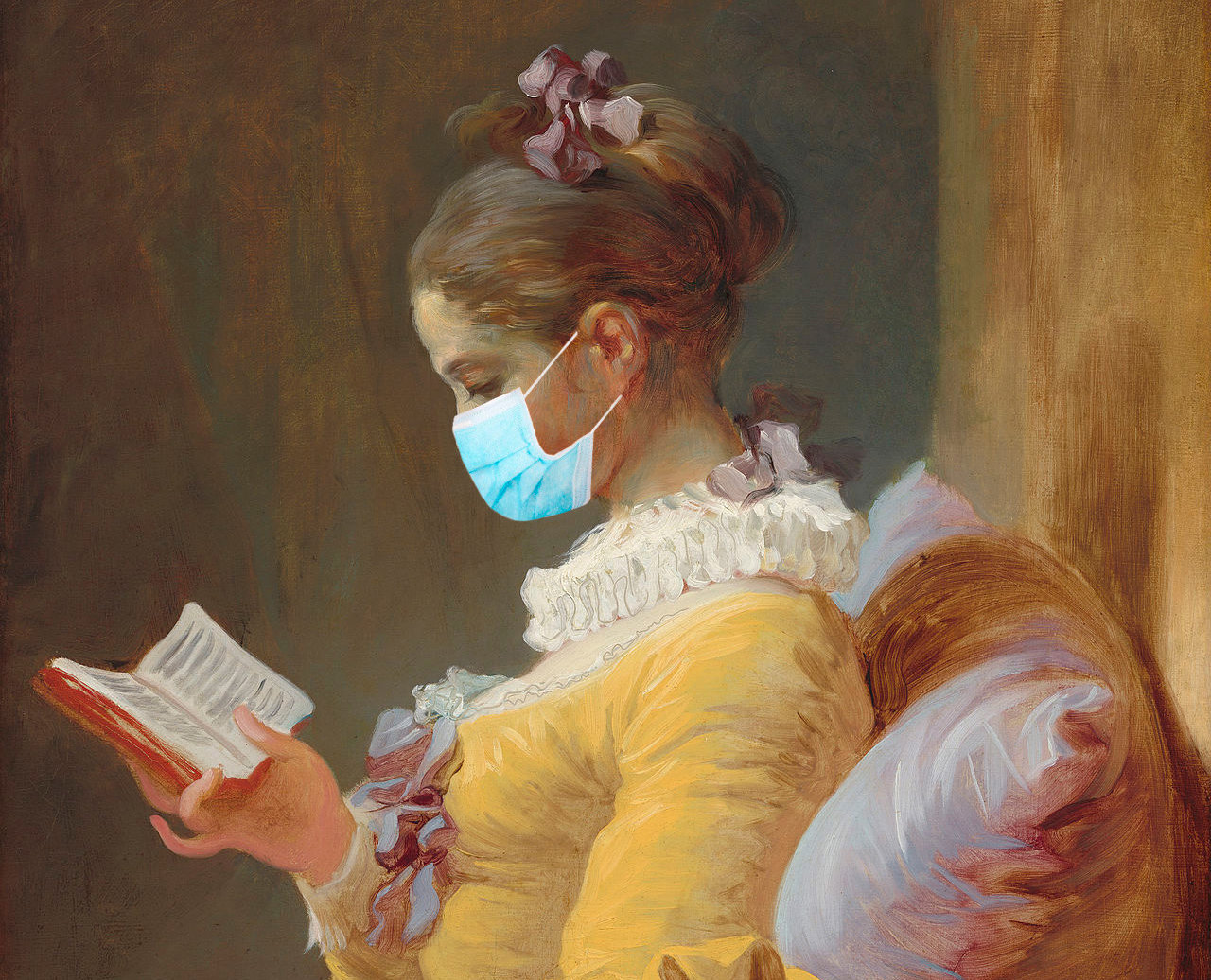In light of the first pandemic of the 21st century, some literature for those in ‘self-quarantine’ (or otherwise). Readings are thematized around how the experience of epidemic disease, disruptive illnesses, and other biomedical inflictions have led authors to engage with questions of ‘the existential’ (e.g. How do we make sense of the sheer contingency by which one is or is not? What does it mean to inhabit a body? To suffer in a body? To be unable to reproduce a bodily norm? What constitutes and/or undoes a society and its body politic? Is there anything that can be learned from the experience of illness? Is it ethically wrong to ascribe value, metaphor, and/or tutelary lesson to a phenomenon inherently devoid of meaning?).
![]()
1. AUNTIES’ ADVICE: ALLAH KNOWS BEST
WhatsApp infographic for “Dua against Disease”
Excerpt from “Dua Kumayl”
![]()
2. NONFICTION: ESSAY, MEMOIR, THEORY
“On Being Ill” by Virginia Woolf (1926)
Illness as Metaphor by Susan Sontag (1978)
“How to be a Person in the Age of Autoimmunity” by Carolyn Lazard (2013)
“Medicine and Colonialism” by Frantz Fanon (1959)
“this virus” by Anne Boyer (2020)
A Journal of the Plague Year by Daniel Defoe (1722)
The Wounded Storyteller by Arthur W. Frank (1995)
The Cancer Journals by Audre Lorde (1980)—recommended by Innas Tsuroiya
In the Land of Pain by Alphonse Daudet (1930)
The Body in Pain by Elaine Scarry (1985)
“Introduction” of Giovanni Boccaccio’s The Decameron (1353)
Excerpt from The Housing Question by Friedrich Engels (1887)—“Capitalist rule cannot allow itself the pleasure of creating epidemic diseases among the working class with impunity.”
![]()
3. HISTORIES AND LONGUES DURÉES
“The Human, The Animal and the Prehistory of COVID-19” by Sujit Sivasundaram (2020)
““Chinese Virus,” World Market” by Andrew Liu (2020)
Contagious: Cultures, Carriers, and the Outbreak Narrative by Priscilla Wald (2007)
Colonizing the Body by David Arnold (1993)
Ethnographic Plague: Configuring Disease on the Chinese-Russian Frontier by Christos Lynteris (2016)
“Plague Masks: The Visual Emergence of Anti-Epidemic Personal Protection Equipment” by Christos Lynteris (2018)
Quarantine: Local and Global Histories edited by Alison Bashford (2016)
“Excremental Colonialism: Public Health and the Poetics of Pollution” by Warwick Anderson (1995)
“From Jinns to Germs: A Genealogy of Pasteurian Islam” by Mohamad Tavakoli-Targhi (2015)
Medical Apartheid by Harriet A. Washington (2007)
Hygienic Modernity by Ruth Rogaski (2014)
![]()
4. LITERATURE, POETRY, AND ILLNESS AS METAPHOR
Death in Venice by Thomas Mann (1912)
The Rings of Saturn by W.G. Sebald (1995)
The Hospital by Ahmed Bouanani (2012)—recommended by Innas Tsuroiya
“The Yellow Wallpaper” by Charlotte Perkins Gilman (1892)
Occidentosis: A Plague from the West by Jalal Al-e Ahmad (1962)
“Theatre and Plague” chapter of Antonin Artaud’s The Theatre and its Double (1938)
The Plague by Albert Camus (1947)
“Cholera” (1949) by Nazik al-Malaika
Plague dream in Fyodor Dostoevsky’s Crime and Punishment (1866)
The Idiot by Fyodor Dostoevsky (1869)
Ceremonies by Essex Hemphill (1992)
Chharpatra by Sukanta Bhattacharya (1947) who died of TB at the age of 21
![]()
5. FILMS
The House is Black by Forough Farrokhzad (1963)
The Seventh Seal by Ingmar Bergman (1957)
Meghe Dhaka Tara by Ritwik Ghatak (1960)
Blue by Derek Jarman (1992)
The films of Apichatpong Weerasethakul
Nosferatu by F.W. Murnau (1922)
